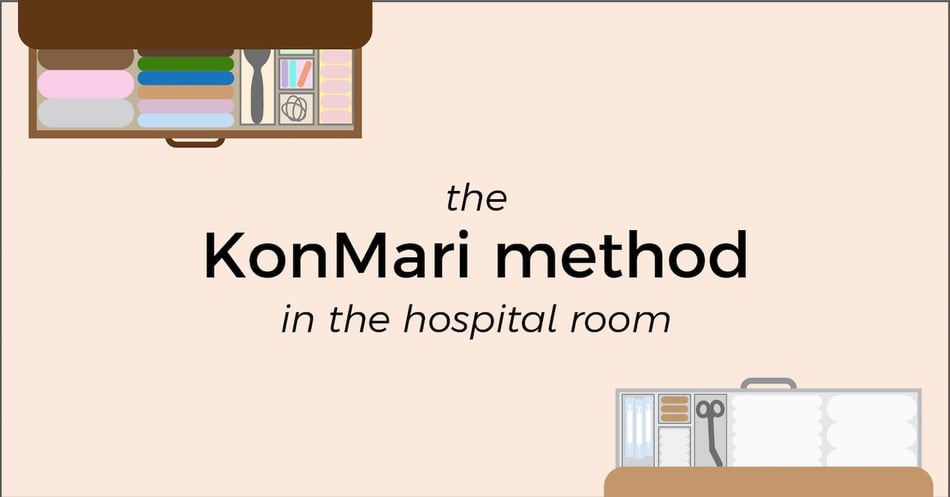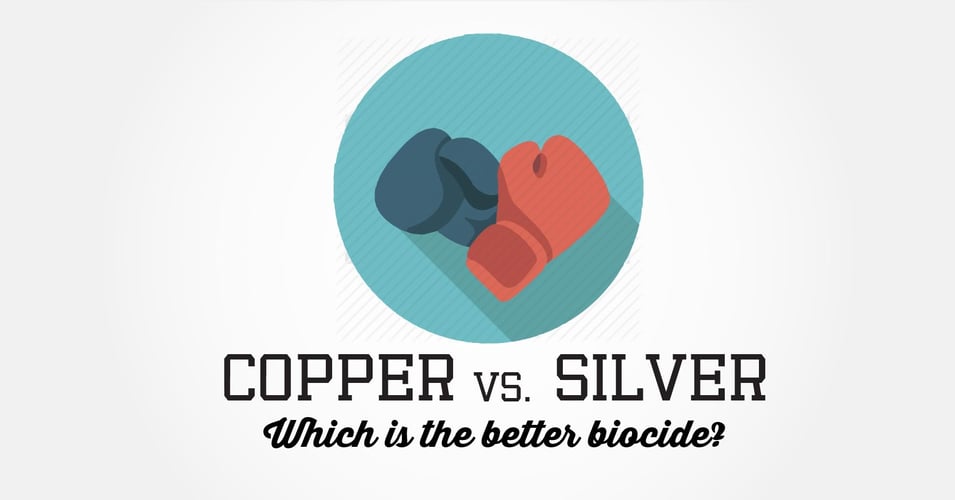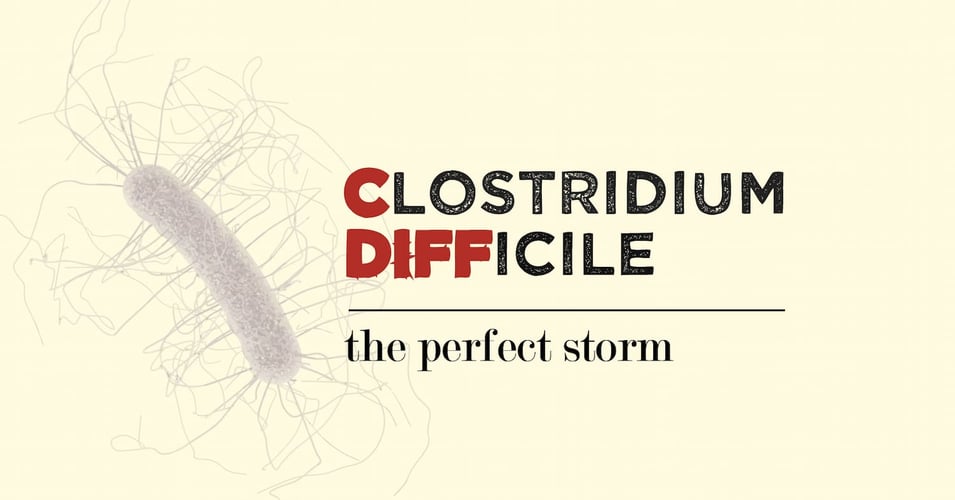KonMari in the Hospital Room

The newest Netflix break-out star isn’t an actress, a chef, or a comedian. She’s Marie Kondo, an expert at helping people declutter, organize, and thereby change their lives. One of Kondo’s key ideas, one that is essential to her signature protocol called the KonMari method, is “Tidying is the act of confronting yourself; cleaning is the act of confronting nature.” How could this philosophy that has so inspired the general public be applied to the hospital room? That is the goal of today’s post.
Marie Kondo first became known for her book The Life-Changing Magic of Tidying Up, published in 2011. While many found the philosophy of keeping in their homes only items that spark joy, the movement did not fully take off until the release of her mini-series on Netflix in January 2019. The effect on the public cannot be overestimated - thrift stores and used book stores around the country have been inundated with donations from individuals in the midst of bringing the KonMari method to their own homes.
Kondo writes that ”Cleaning is the act of confronting nature.” By that she means the act of cleaning surfaces, textiles, and even our hands has to do with fighting back against the grime and germs that exist in nature. Those of us in the world of infection control and prevention live and breathe this philosophy. We know that, left to its own devices, nature quickly repopulated surfaces with bacteria, establishes biofilms in wet environments, and permits opportunistic pathogens to take over our microbiome. Everything we do “confronts nature” and protects the lives of patients.
But what about “Tidying is the act of confronting yourself”? To the general public, this means confronting the accumulation of things in our homes and coming to terms with why we have kept them for so long. It also means taking the time to figure out what items really bring us joy, and which are just unhelpful connections to the past or expressions of worry for the future. But what does the concept of tidying mean to the healthcare worker? If we take the KonMari philosophy, we can look at our work spaces as opportunities for joy. Removing office supplies that no longer work, stowing equipment after use, discarding unneeded paperwork, all are tidying actions that do not cost money but could have a very positive impact on work life quality. One might even call that “joy.”
But how about the hospital environment as a whole? Kondo discovered what healthcare designers have also discovered. After spending months researching how restaurant kitchens organize supplies and coordinate work flow, Kondo made a startling discovery: "The focus was not on ease of use, but on ease of cleaning." In the restaurant world, as in the healthcare world, the emphasis is placed not on how easy it was to reach an item, but rather, on the ease of cleaning. The newest hospital rooms, as a result, have seamless counters and integrated sinks. They avoid unnecessary horizontal surfaces that only accumulate "stuff" and germs. Many are also now incorporating biocidal materials that continuously clean between visits from the environmental staff. Hospitals have embraced the idea that if you want an item to be clean, you have to make it easy to clean.
Perhaps no other element of the patient room demonstrates this better than the overbed table. Older designs of this critical surface included drawers, pull-out extensions, decorative grooves, or colorful laminates. While on the surface these overbed tables may have seemed pleasing, they became reservoirs of unchecked biological contamination. Juice (and other liquids) would pool in the drawers or grooves, proving ample opportunity to bacterial or fungal growth. Grooves would become filled with grime, while laminates would peel and flake off. None of these tables could be cleaned easily - and so they were never truly clean. Newer designs are now extremely minimalist - just a solid surface, ideally of a biocidal material, a plain armature, and casters on the bottom. Nothing extra - only the most essential. We believe even Marie Kondo would be proud!
While the general public may only just now begin to understand the inherent joy in tidiness, healthcare workers have know that this mindful approach to simplification and ease of cleaning can not only spark joy, it can also save lives (and what greater joy is there?).
![EOScu Logo - Dark - Outlined [07182023]-01](https://blog.eoscu.com/hubfs/Eoscu_June2024/Images/EOScu%20Logo%20-%20Dark%20-%20Outlined%20%5B07182023%5D-01.svg)




